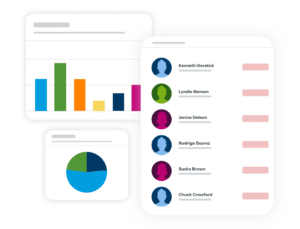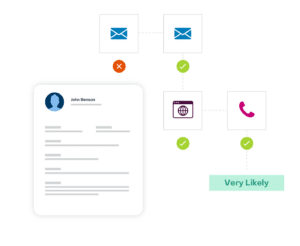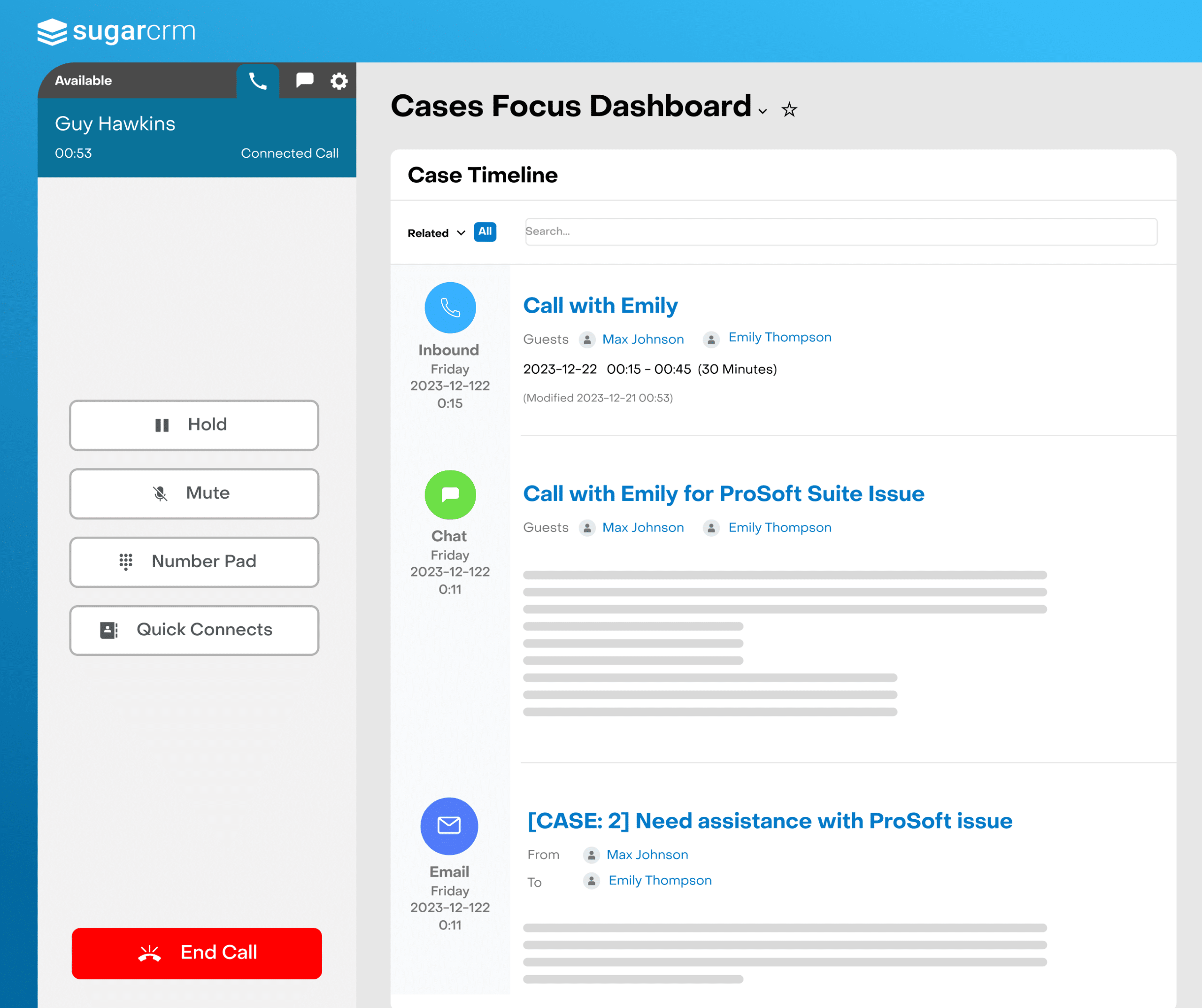Adjusting CRM Strategies in the New Normal
If there is one thing we’ve learned in the past two years during the COVID-19 pandemic, it is the almost continuous need to rethink and adjust business strategies and tactics to adapt to the new normal.
Yet despite the devastating disruption from the pandemic, there have been some positive impacts on the overall customer engagement. And the most important of these is recognizing the critical importance of empathy.
We all perceive the pandemic through our lens of experience, but overwhelmingly so, it has forced us to face our fragility and humanity.
Drawing from my own customer and support center interactions at SugarCRM, I have gained a greater sense that customers are choosing to engage on a more empathic basis. Conversations about the problems or the issues at hand are often prefaced by pre-cursor check-in chats about the common (COVID) disruptions.
This preamble helps drive empathy on both sides and underscores that we’re all humans just dealing with a myriad of day-to-day challenges. It helps us put into perspective the relative nature of the problems we’re calling to discuss.
Pandemic-Fostered Changes
The pandemic has also shaped the minds of executives. They have seen the necessity of using technology for collecting, managing, and advancing customer interactions.
For example, the use of a centralized CRM solution to capture and process details has become critically important given the significant increase in work-from-home (WFH) arrangements.

Engaging with a customer service/support agent working remotely is not unexpected. But the new normal customer expectations have adjusted to account for the fact that there may be, for example, a background noise on a call and that a supervisor may need to engage with an agent via Zoom.
There is, as a result, a renewed focus to look at the bigger picture and not being caught up in the details. Like it’s more important to have your problem resolved than worry if you hear the clatter of a coffee cup in the background or see a cat wander into the frame of a Zoom call window.
We’ve also learned to live with the concept that change is constant. Traditionally, we’ve seen customers hold the upper hand in demanding increased levels of service. But recently, the scales have tipped in the other direction. For example, the global supply chain disruptions have left customers to face substantial delays or shortages.
At the same time, sickness, absenteeism, or even shortages in staffing like through turnover (the Great Resignation) have also become commonplace. The inability to meet service level agreements (SLAs) is tempered with a dosage of realism that customers recognize scenarios that are often beyond the normal limits of a company’s control.
Opportunities and Challenges
The Great Resignation has given rise to challenges and opportunities. Being forced to recalibrate what work we perform and what we value spending our time doing has transformed the mindset of many regarding work.
Notwithstanding, there is a global shortage of skilled and unskilled workers, which increases pressure on organizations to make better use of technology. But using aspects of artificial intelligence (AI) or machine learning (ML) to augment workers’ knowledge can help prioritize workload focus.
Also, the use of sentiment analysis helps automatically redirect sensitive incoming cases to more skilled or senior customer service/support agents.
It means using technology to maximize the value from the available time and achieve greater workload efficiency by removing the blind spots, busy work, and roadblocks.
Here are three key recommendations for organizations to consider related to CRM.
1. Make CRM a Strategic Focus
CRM platforms are the hearts of modern organizations. Leads, prospects, and customers (or, for nonprofits, donors and members), are the lifeblood of all organizations. This means tracking them and their interaction needs must be considered action items, not afterthoughts.
Organizations that put the system, processes, and resources behind a well-defined customer-focused strategy are more likely to outcompete and grow their business.
Now more than ever, in the pandemic-gripped market, modern CRM systems must support the ability to stay close to existing customers and seek out new prospects.
2. Embrace and Manage Data
Whether you have an existing CRM platform or are embarking on a new deployment, taking a data-driven approach is critical.
The growth of data is exponential, and the need to digest and make sense of the data is outstripping the human mind’s capabilities. CRM platforms increasingly house a multitude of data points that need AI and predictive capabilities to derive hidden insights.
3. Drive Automation
In addition to a planned master data management strategy, organizations will increasingly rely on automation.

When we let the platform do the work, it frees up our workforce to do what they do best—relationship building. Data entry, automation of tasks, data-crunching, and predictive analysis are all aspects of efficiency that automation can more easily handle.
Customer Delight vs. Customer Satisfaction
There has been much conversation about customer delight, which raises the question of how important it is, compared with customer satisfaction.
It’s essential to recognize the danger of getting caught in the nuance of language. Delighting is such a nicer experience than satisfaction. However, it comes down to expectation management and, most importantly, exceeding those expectations.
Delighting a customer is often seen more in business-to-customer (B2C) engagements. Providing an experience that surprises or delights is a great example of exceeding a customer’s perceived expectation.
However, if you’re delighting for the sake of momentary impact without a tie-in to the underlying value of your overall service, you run the risk of trivializing transactions. It might not be significant for a B2C transaction, but it starts to have a great impact in higher-value, often longer-term relationship-based business-to-business (B2B) engagements.
As a general rule, service is boosted when a customer receives a “consistent” experience and one that is delivered faster than they anticipate.
In a fast-paced world, we have come to expect answers and deliverables to arrive quickly. Managing that expectation is vital for organizations to address. The use of technology can aid consistency and velocity as key enablers of excellent customer service.
This article was initially published on Contact Center Pipeline.


